NASA’s Starliner Will Return Unmanned as Stranded Astronauts Countdown to 2025 Rescue
NASA announced a significant shift in its plans: Boeing’s Starliner spacecraft will return to Earth without its expected crew.
This surprising move comes after months of meticulous testing and evaluation.
The Astronauts Left Behind
Astronauts Butch Wilmore and Suni Williams were set to return aboard Starliner after completing essential tasks at the International Space Station (ISS).

Source: NASA/JSC/Wikimedia Commons
Now, they’ll stay on the ISS until February 2025, continuing their research and maintenance duties. Their extended stay underscores NASA’s commitment to safety above all.
NASA’s Safety Priorities
NASA’s decision for an uncrewed return was influenced by recent safety concerns with Starliner. Issues such as helium leaks and malfunctioning thrusters during a June docking attempt raised red flags.
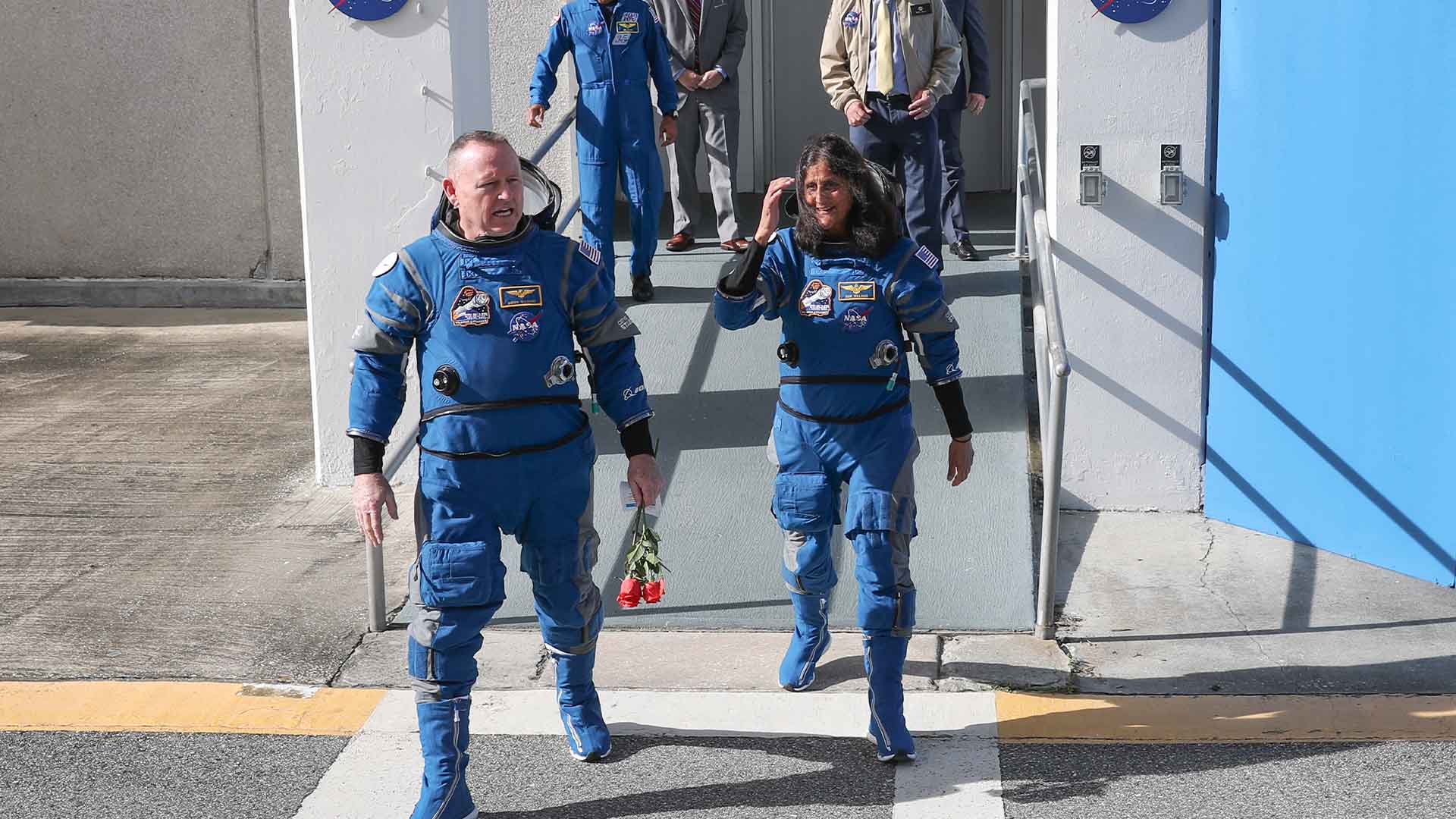
Source: Joe Raedle/Getty Images
“Spaceflight is risky, even at its safest and most routine,” explained NASA Administrator Bill Nelson, emphasizing the importance of minimizing risks.
The Unexpected Challenges of Spaceflight
Despite rigorous planning, space missions often face unexpected challenges. The June 6 helium leak and thruster problems were just the latest hurdles for Boeing’s Starliner.
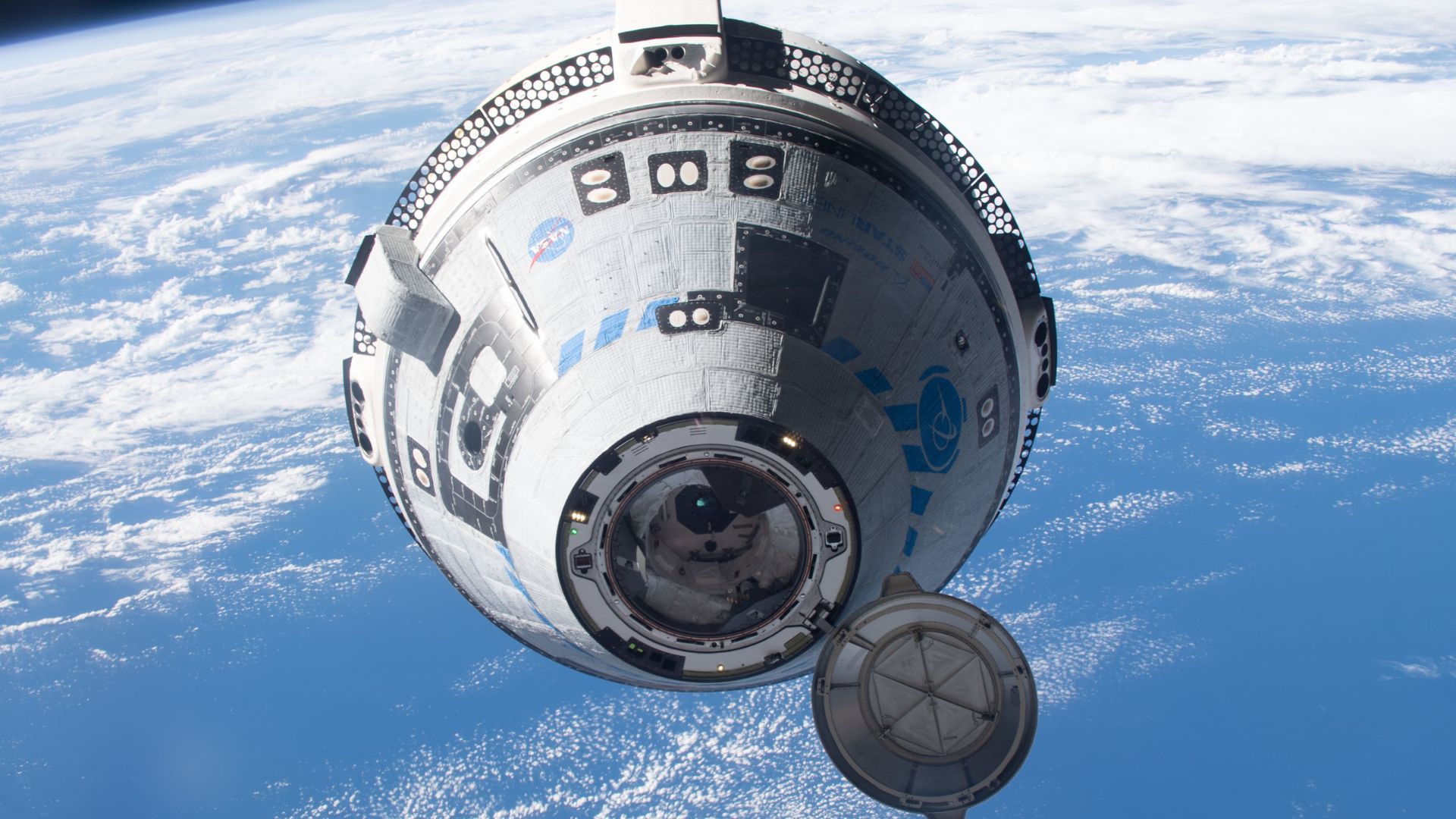
Source: Bob Hines/NASA/Wikimedia Commons
These issues prompted NASA and Boeing to reconsider their plans and opt for a safer, uncrewed return to Earth.
Life on the ISS for Wilmore and Williams
While they await their new return date, Wilmore and Williams will continue their work aboard the ISS.
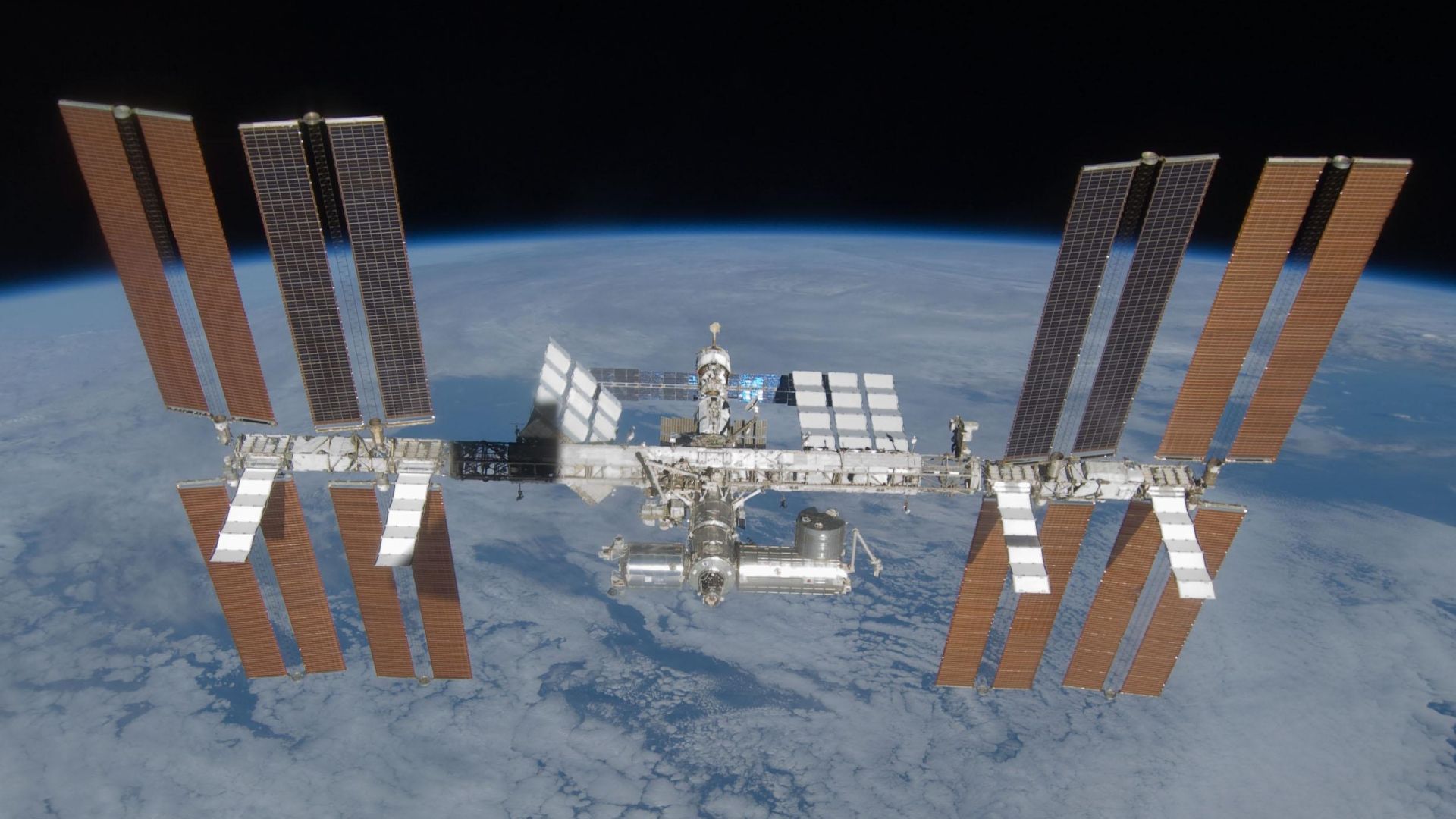
Source: NASA/Wikimedia Commons
Their duties range from supporting scientific research to maintaining ISS systems, offering valuable opportunities for further scientific advancements.
A Long Summer for the Astronauts
“It’s been a long summer for our team,” said Steve Stich, the manager of NASA’s Commercial Crew Program, who said that the situation with the thrusters was too complicated to know whether or not they might fail at a critical time. “There was just too much uncertainty in the prediction of the thrusters.”
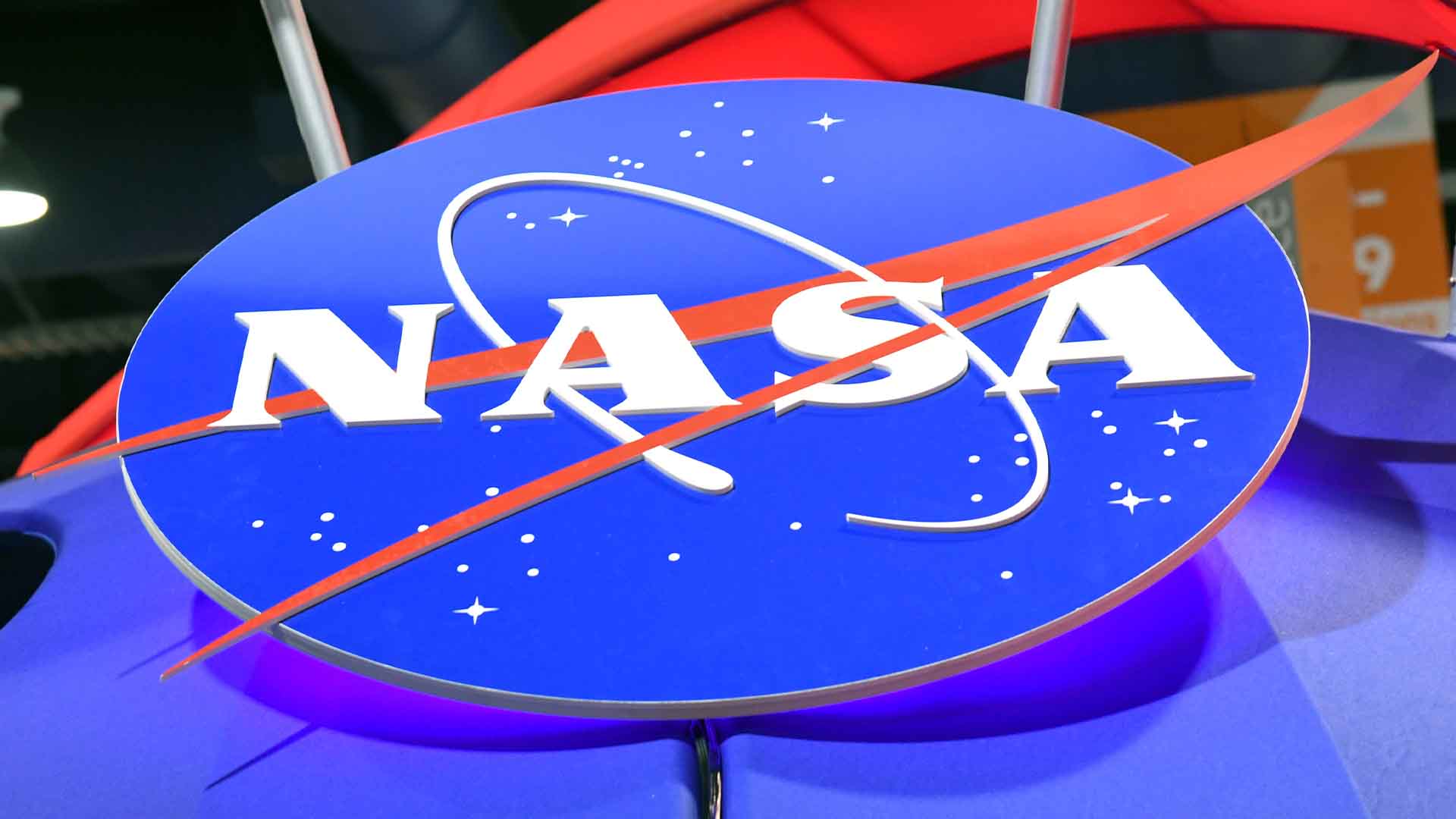
Source: Ethan Miller/Getty Images
“Space flight is risky, even at its safest and even at its most routine. And a test flight, by nature, is neither safe nor routine,” NASA Administrator Bill Nelson said at a press briefing on Saturday.
The “Least Risky Option”
The awkward optics of the new place to return the astronauts’ home beats the alternative according to a political scientist at the School of Advanced Air and Space Studies in Alabama.

Source: Wikimedia
“The hit would have been worse if they had made a decision that put astronauts’ lives in danger,” Whitman Cobb says. “I think this is probably the least risky option for NASA at this point.
Boeing Puts Safety First
While Boeing did not have a representative to talk on behalf of the company at NASA’s news conference, the company did issue a statement.

Source: Wikimedia
“We continue to focus, first and foremost, on the safety of the crew and spacecraft. We are executing the mission as determined by NASA, and we are preparing the spacecraft for a safe and successful uncrewed return,” the statement read.
SpaceX Crew-9 to the Rescue
Wilmore and Williams are now slated to return to Earth aboard SpaceX’s Crew-9 mission in February 2025. This mission, initially planned for four crew members, has been adjusted to accommodate the astronauts.
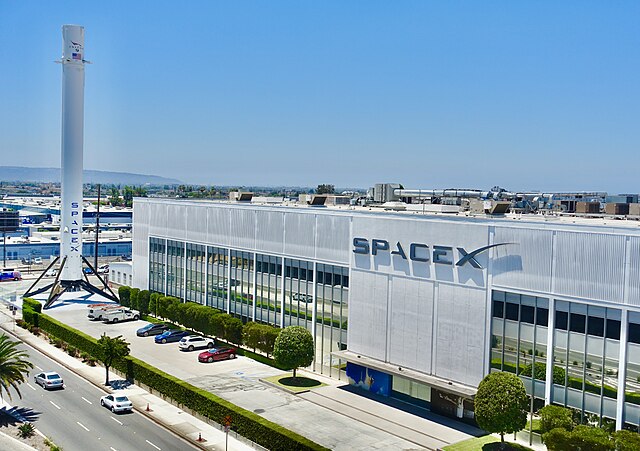
Source: Wikimedia
NASA and SpaceX are preparing for the Crew-9 launch, set for no earlier than September 24.
The Role of Crew-9
Crew-9 will not only bring Wilmore and Williams back but also ensure continued U.S. presence on the ISS.
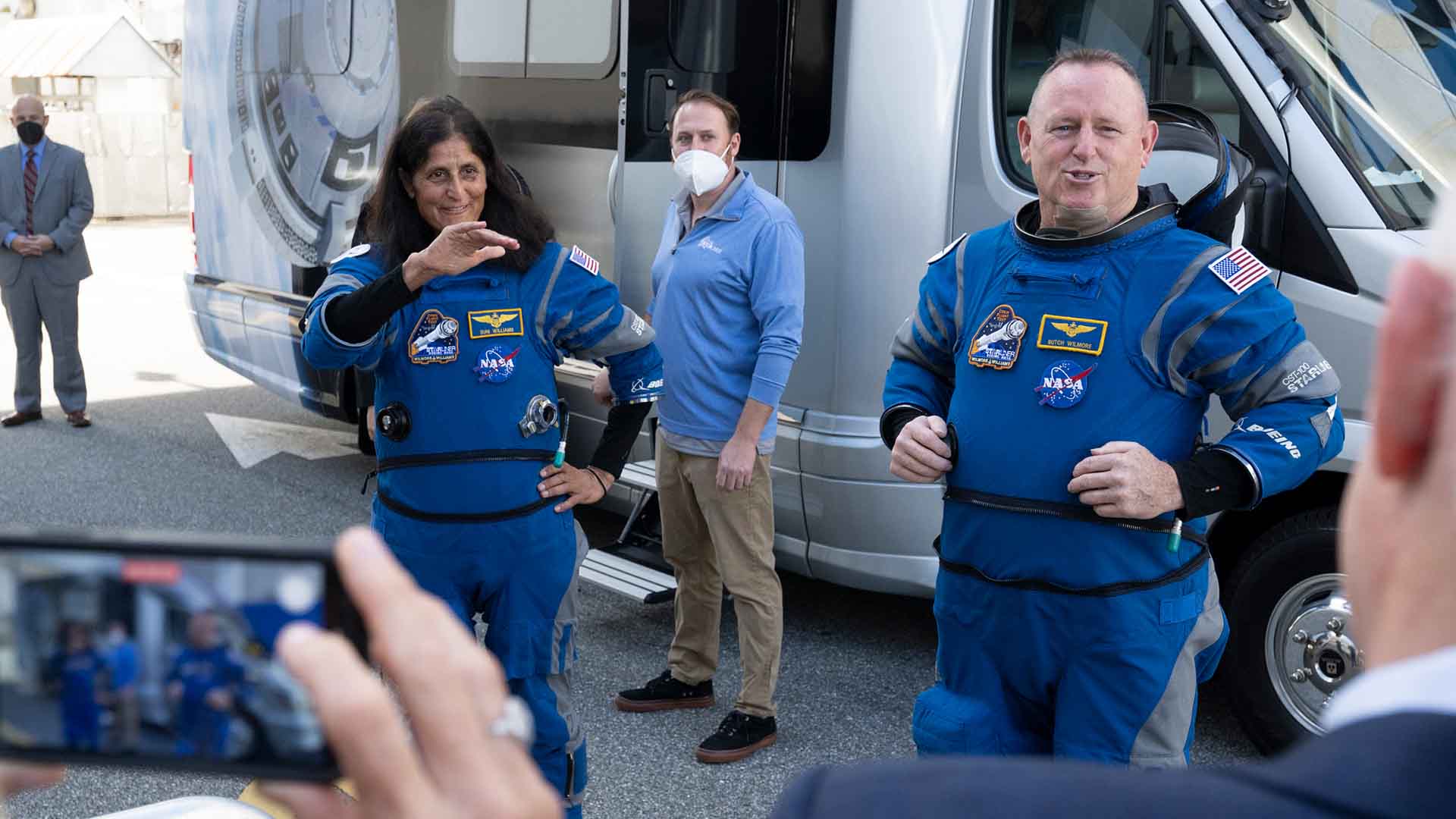
Source: Joel Kowsky/NASA via Getty Images
As NASA and SpaceX reconfigure the Dragon spacecraft for this mission, they focus on safety and maximizing the benefits of their collaborative efforts in space exploration.
Starliner’s Uncrewed Return: What to Expect
Starliner is expected to depart the ISS in early September, re-enter Earth’s atmosphere, and land autonomously.
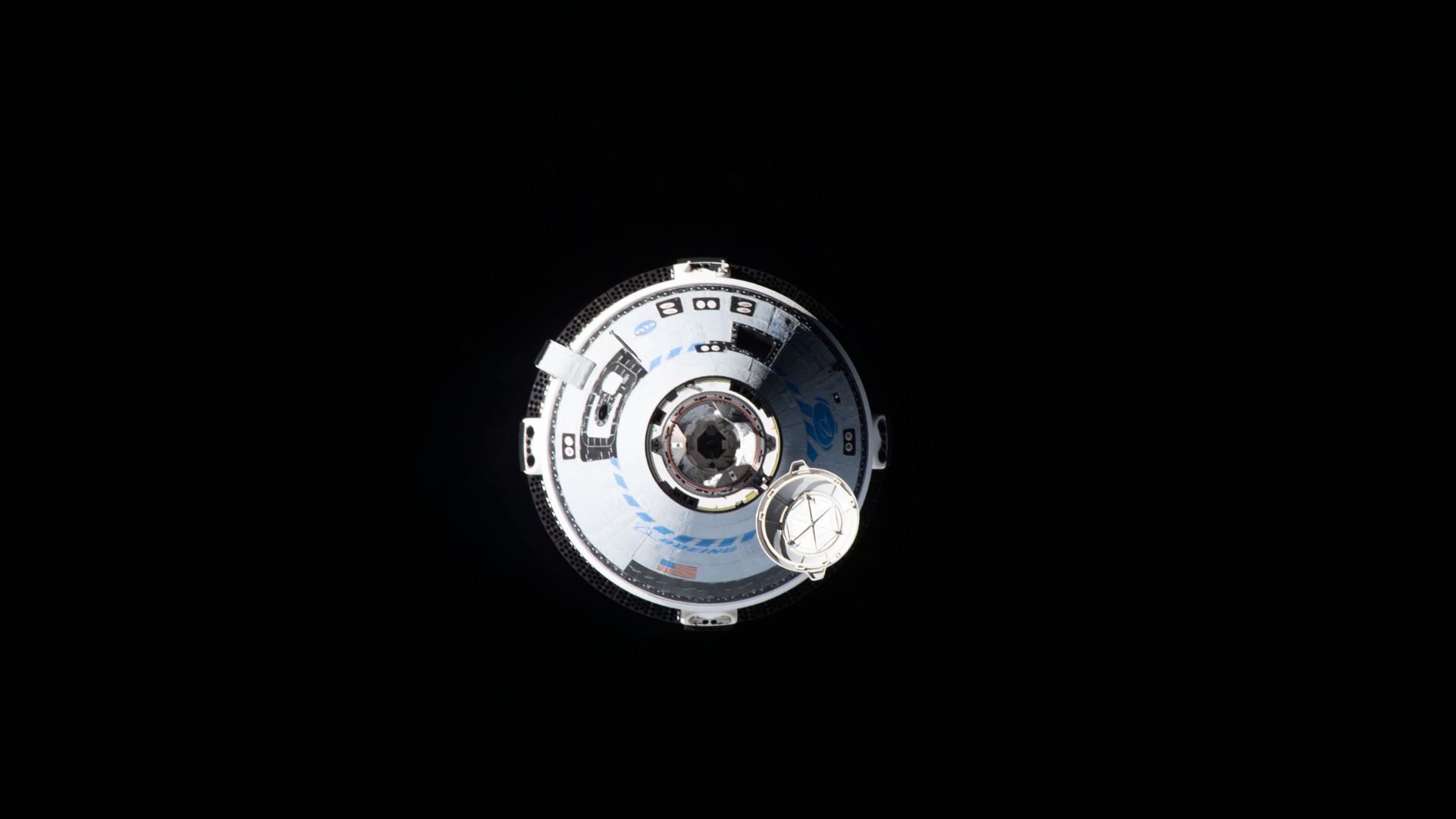
Source: Bob Hines/NASA/Wikimedia Commons
This uncrewed return will allow NASA and Boeing to collect data on the spacecraft’s performance, helping to inform future missions and enhance spacecraft safety.
Learning from Starliner’s Journey
Boeing’s Starliner has faced many tests, and each flight provides essential data.
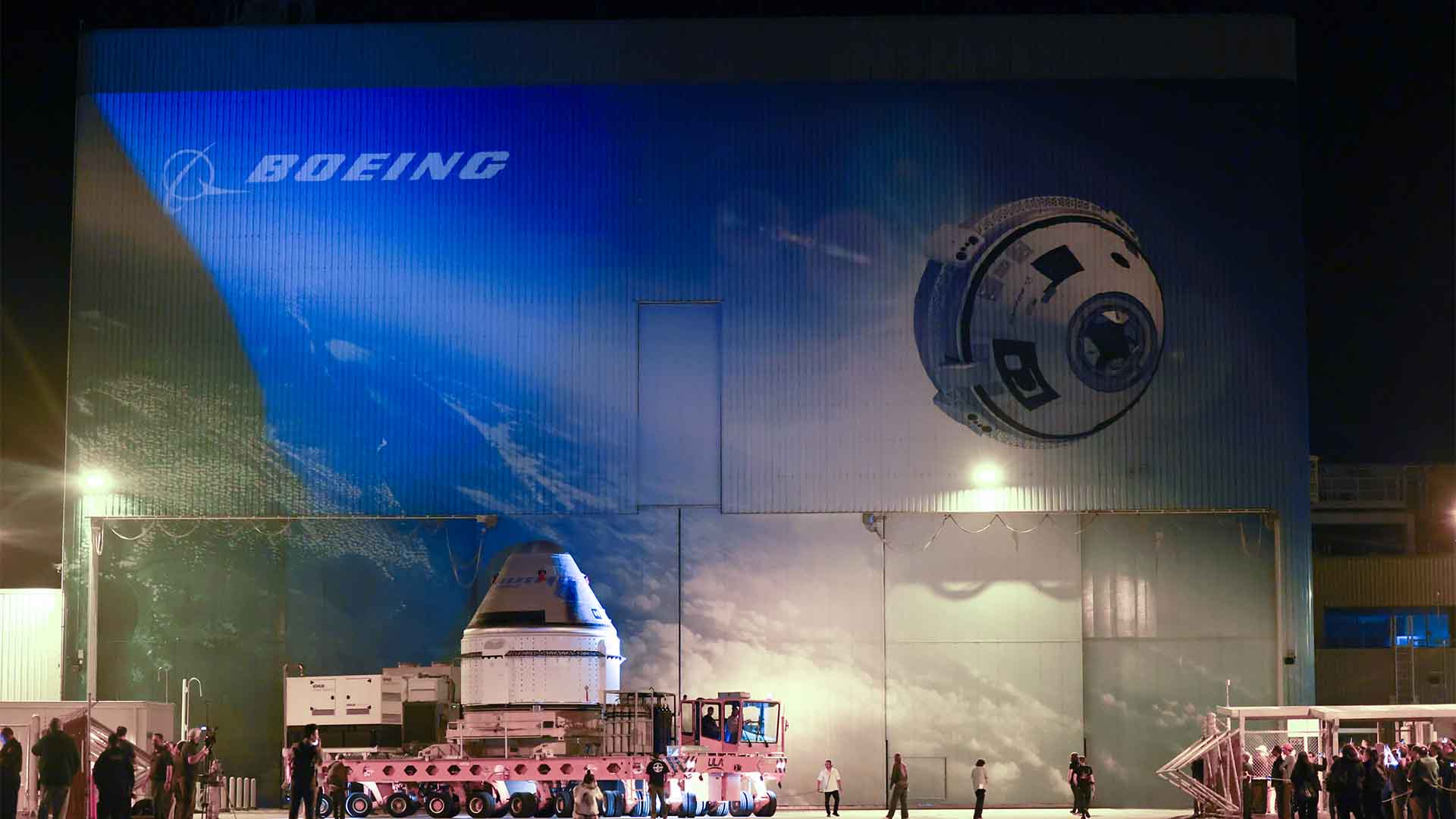
Source: Joe Raedle/Getty Images
“We’ve learned a lot about the spacecraft during its journey to the station and its docked operations,” said Ken Bowersox, associate administrator for NASA’s Space Operations.
NASA’s Commercial Crew Program
The situation with Starliner is a part of NASA’s broader Commercial Crew Program, which partners with companies like Boeing and SpaceX.
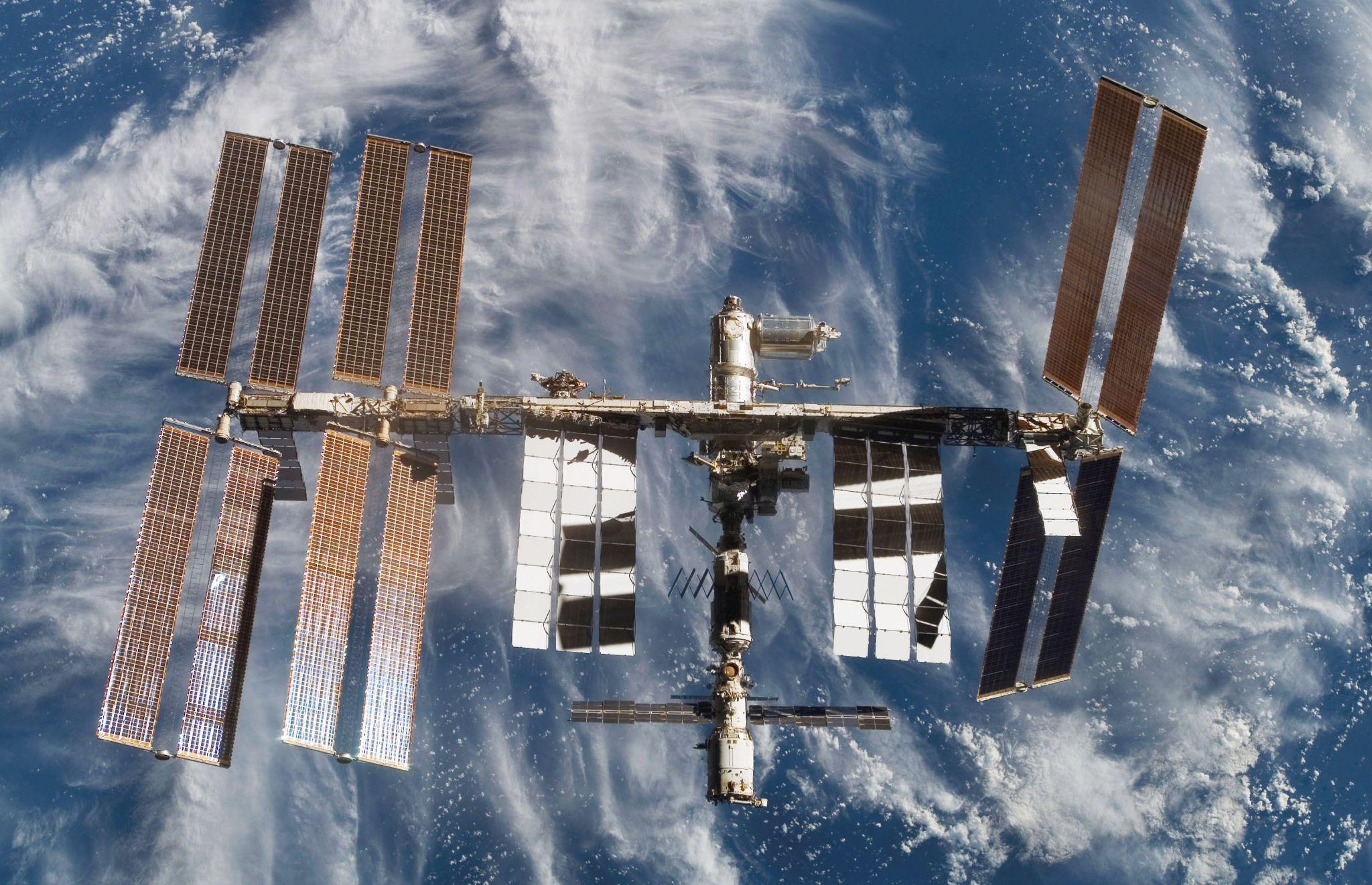
Source: Getty Images
The program aims to develop safe, reliable, and cost-effective transportation to and from the ISS, using American-made rockets and spacecraft to reduce reliance on foreign partners.
What’s Next for NASA and Boeing?
Following Starliner’s return, NASA will review all data to determine the next steps.
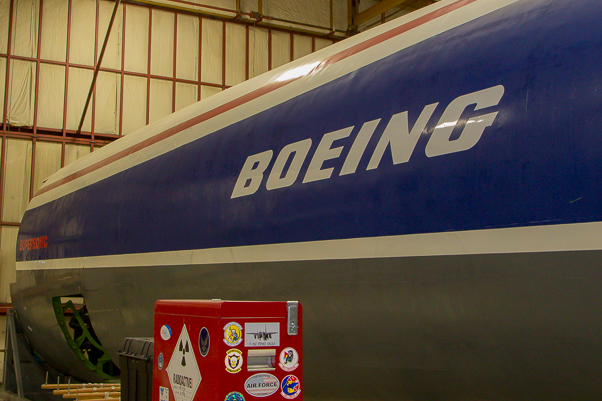
Source: Benjamin L. Granucci
Boeing’s Starliner must meet NASA’s stringent safety and performance requirements before it can be certified for regular crewed missions.
Boeing’s Challenges with Starliner
Boeing and SpaceX were both awarded contracts to launch astronauts by 2017, but neither company met this deadline.
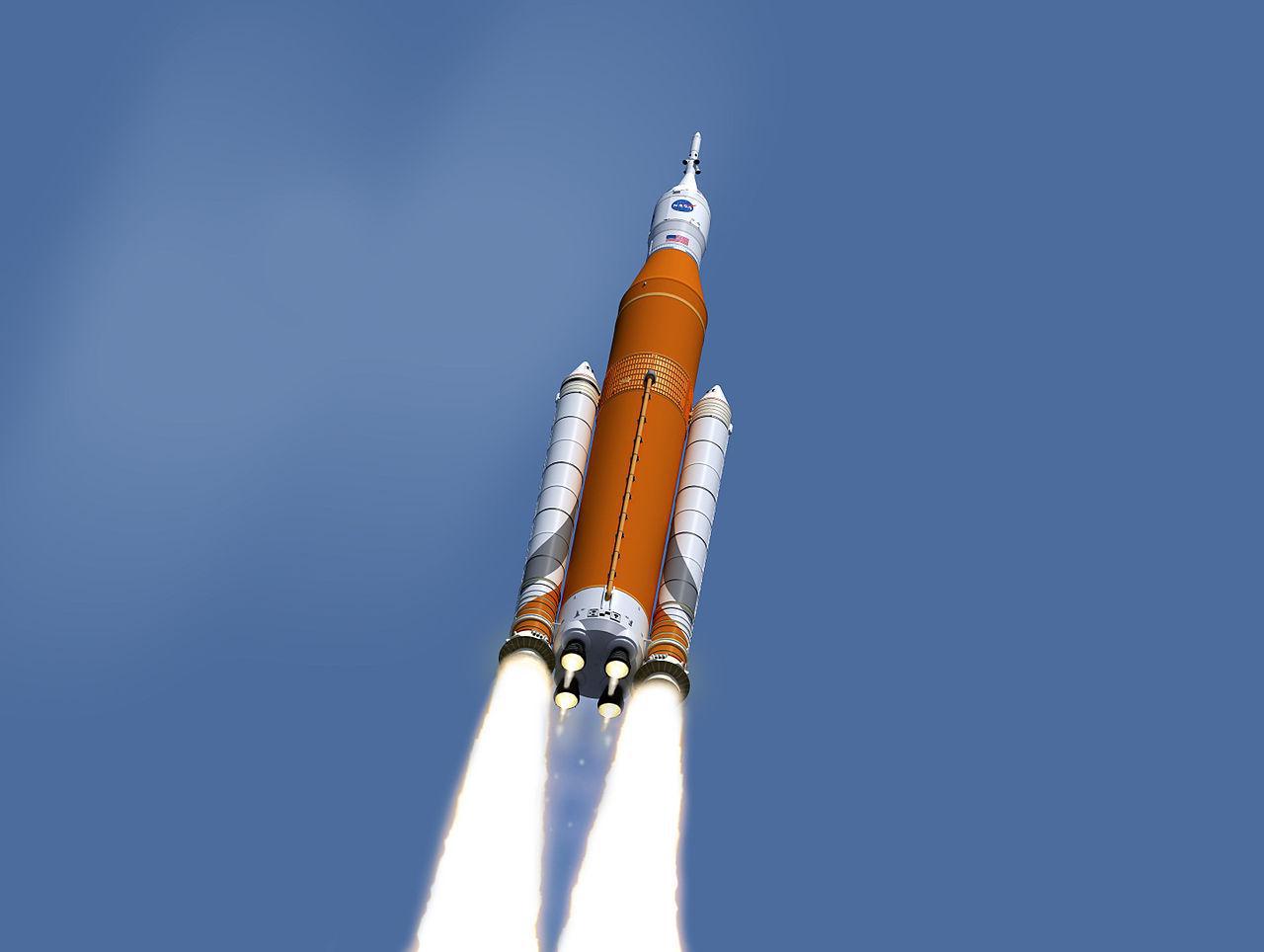
Source: Wikimedia
Unlike SpaceX, Boeing had to start from the ground up with its Starliner vehicle, facing numerous obstacles throughout the process. The company was ready for an uncrewed test flight in December 2019. However, the spacecraft—now the same capsule currently in orbit—consumed too much fuel shortly after launch, preventing it from reaching the International Space Station.
Boeing’s Ongoing Setbacks
The return of Boeing’s empty Starliner is another hurdle in a decade filled with difficulties for the company. In 2014, NASA selected both Boeing and SpaceX to create spacecraft capable of transporting astronauts to and from the International Space Station.
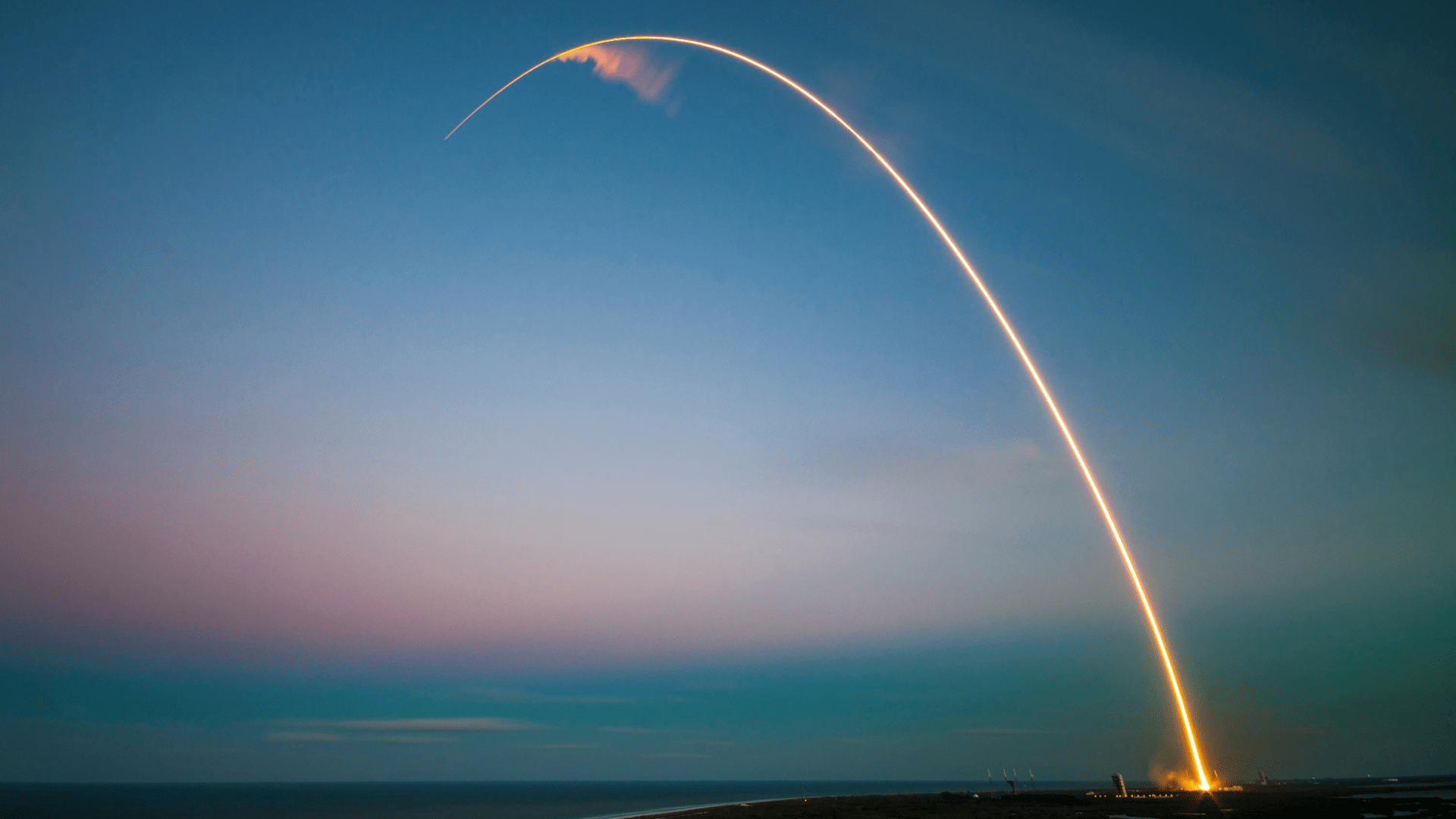
SpaceX/Unsplash
After NASA retired its shuttle fleet in 2011, marking a decade of continuous human presence on the station, the agency had to rely on Russia for astronaut transportation, a position it was eager to change.
NASA Is Not In Crisis
While Boeing’s Starliner was a setback for Boeing, the US space program is not suffering a setback from the company’s failures because NASA planned.
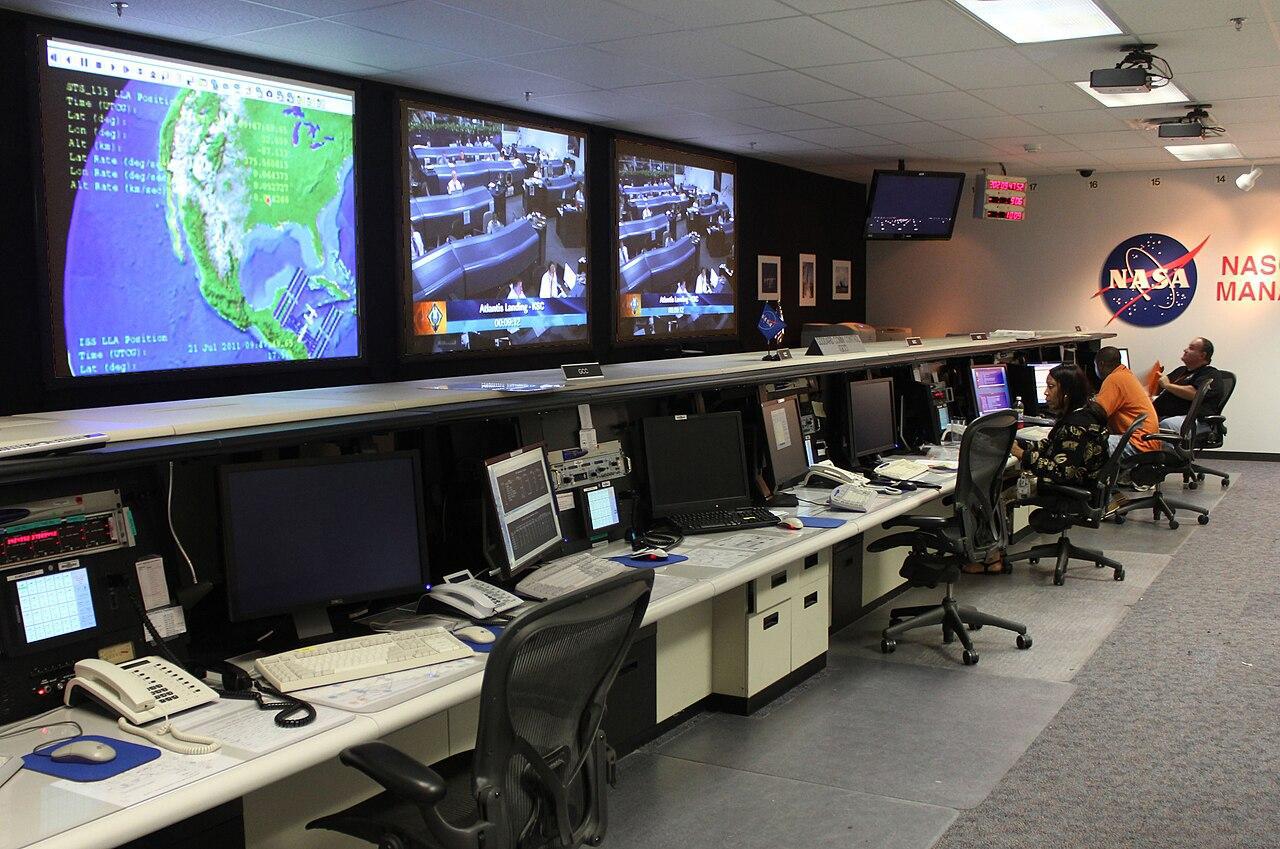
Source: Wikimedia
“Commercial Crew purposefully chose two providers for redundancy in case of exactly this kind of situation,” Laura Forczyk, an independent consultant in the space industry, said to New Scientist.
NASA’s Backup Plan
As mentioned earlier, NASA is working with Boeing and SpaceX. While Boeing has faced significant setbacks with their one rocket, SpaceX has launched multiple tests in the last few years in preparation for its first manned mission.

Source: Freepik
“If they had only selected one provider, it would have been Boeing, because SpaceX was the risky prospect at the time,” says Forczyk. “So in a way, this is a triumph of the Commercial Crew Program.”
This Trip Was a Test for Boeing
“This was a test mission, but sometimes in tests, the answer is, you’ve got something you need to fix,” said retired NASA astronaut Michael Fossum in a statement. “Tests don’t always prove that everything worked perfectly.”

Source: Cytonn Photography/Pexels
NASA administrator Bill Nelson stated that the Starliner will get another chance to fly a crew to the ISS, but future missions rely on the performance of the next (and possibly final) space mission for Boeing.
One Last Chance
Boeing’s contract with NASA states that the craft cannot be certified for real missions until it has had a successful test flight—which this current test has not been. If the Starliner does another test flight, it could push the first operational flight back to 2026 at the earliest.
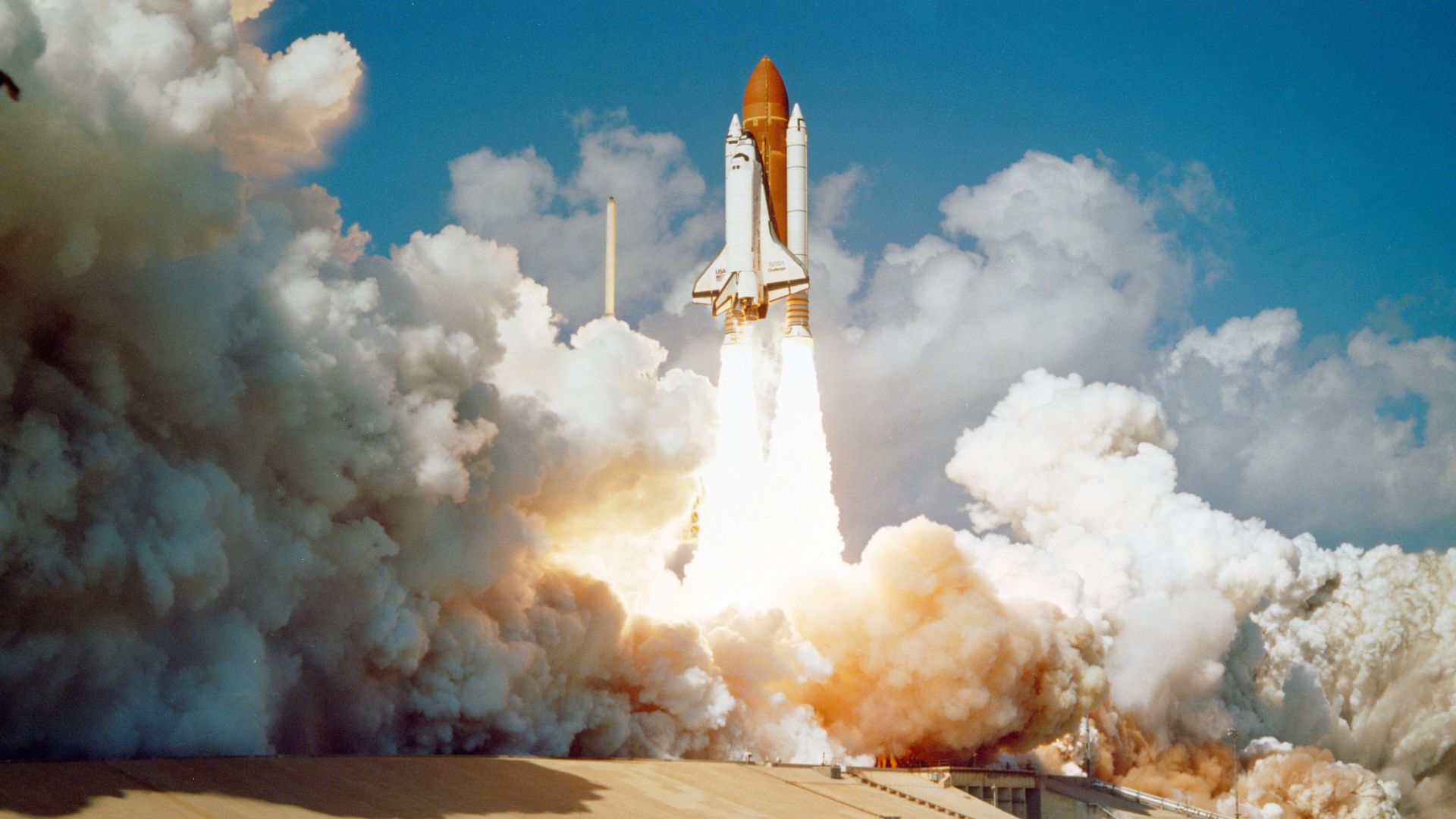
Source: NASA
The ISS is set to be pushed out of orbit and into the vastness of space around 2030, putting pressure on the Starliner.
Excitement in the Face of Adversity
While the hard work and inconvenience of the extended stay might have lasting effects on Wilmore’s and Williams’s bodies, the excitement of life in orbit is one that these astronauts spent their lives working toward.
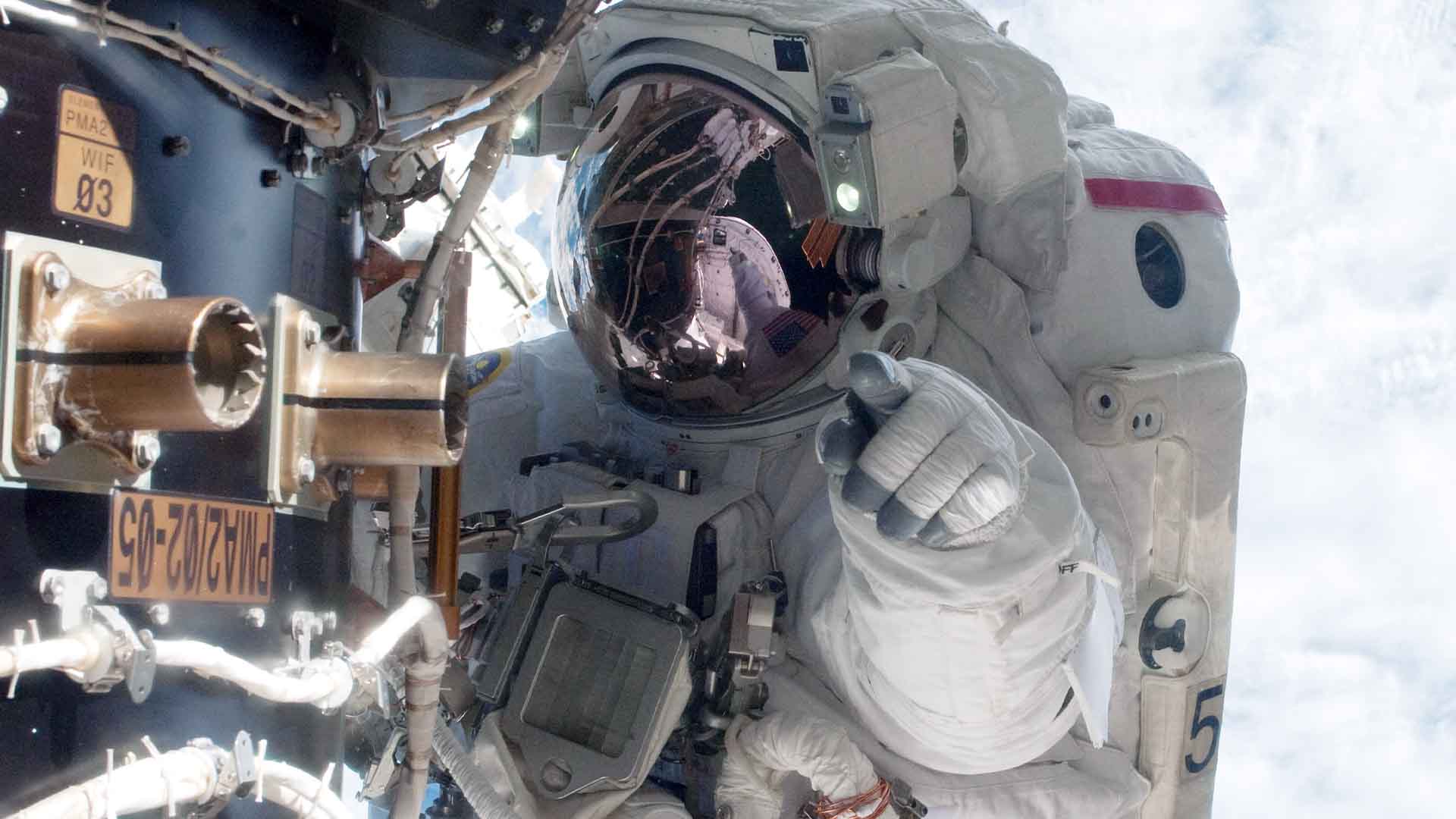
Source: NASA via Getty Images
“I know them really well, and in a way, I think they were a little disappointed to fly in space with such a short amount of time,” said Fossum. “They both also have done long-duration missions on the space station before… and they both loved it.”
Another Astronaut Who Got Stuck in Space Speaks Out
Wilmore and Williams are not alone in their experience. Frank Rubio, who holds the record as the longest astronaut in space after his visit to the ISS lasted just over a year ago, has been helping out his friends up in space.

Source: Freepik
“They’re doing great work, really maintaining a positive attitude up there, setting a great example and knocking out a whole lot of extra work on the space station,” Rubio told The Associated Press from NASA’s Johnson Space Center in Houston.
Part of the Job
While the astronauts will not return until next year, Rubio said that “they’ve done a fantastic job of dealing with adversity.”
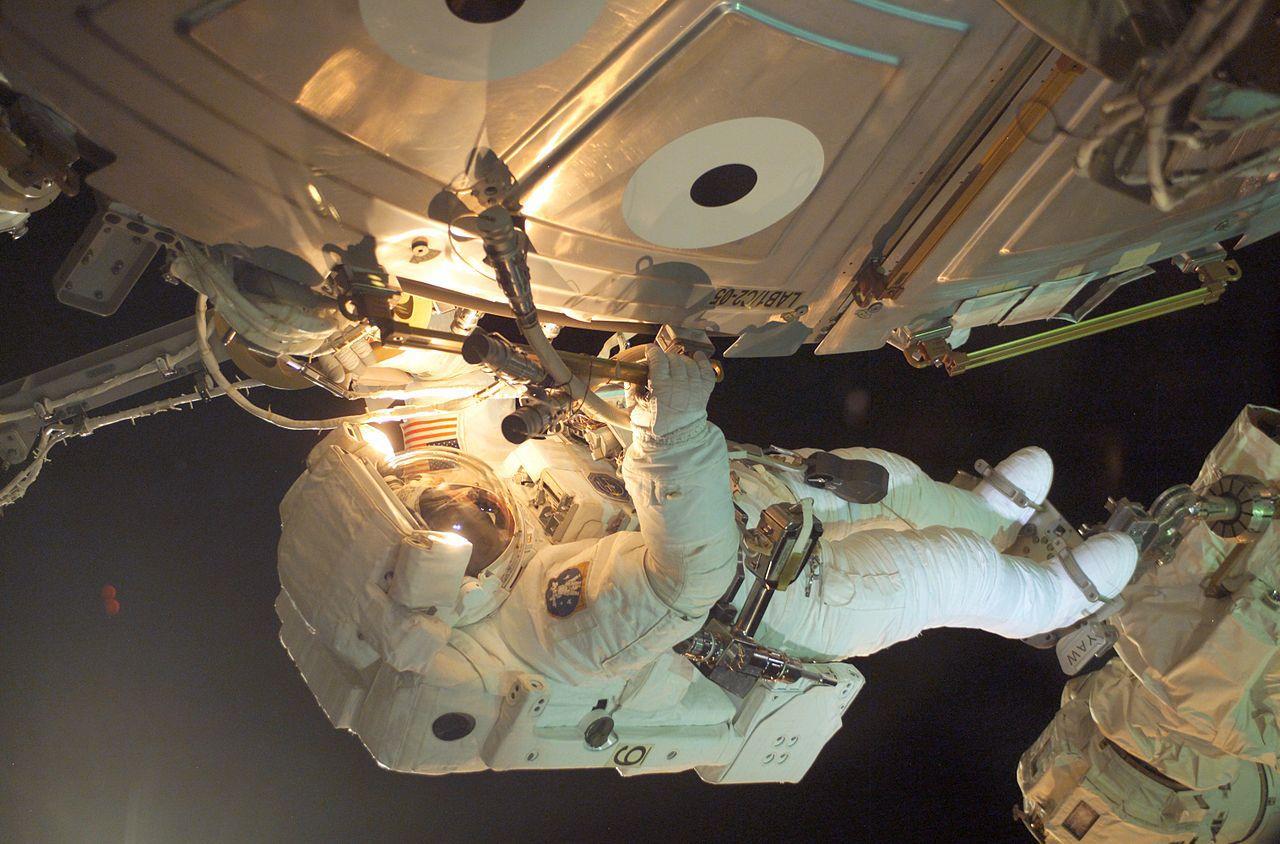
Source: Wikimedia
While their families have had to make sacrifices because of the switch in plans, they understand “that’s part of our job is just to adapt and overcome and make the best of the situation,” he said, “and they’ve done just that, so super proud of them.”
Artemis and Beyond
While NASA addresses these immediate challenges, it also looks to the future with its Artemis program, aiming for lunar exploration and eventually Mars.
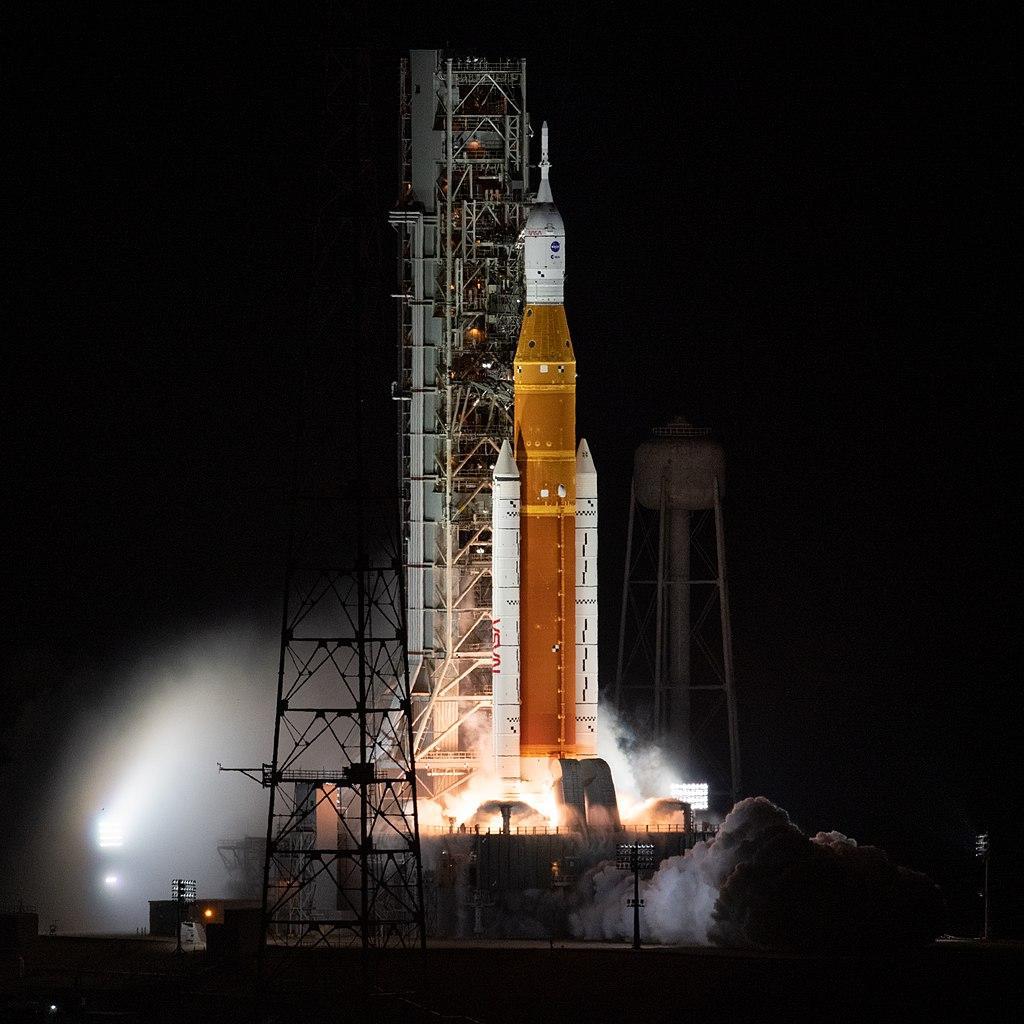
Source: Wikimedia
The lessons learned from missions like Starliner’s uncrewed return will pave the way for safer, more efficient space travel in the years to come.
